Crete is a place where ancient myths and wild landscapes collide, offering the best mix of adventure and history I’ve ever stumbled across. From the first moment, stories of gods and legends seemed to swirl around me. Mountain trails twisted through dramatic gorges and valleys, and those beaches? They called out with clear blue waters and soft sand, turning each day into something I’d want to remember.
I walked where Minoan kings once wandered and felt the shadows of giant mountains overhead. Tasting local food, I started to understand how Crete’s culture is shaped by its rugged land and deep past.
There’s an energy here that makes exploring feel both thrilling and somehow chill—a vibe you only get in a place that’s seen it all.
Crete kept surprising me. One day I’d be hiking a rugged path, the next I’d jump into a hidden swimming cove. Sometimes I’d just sit quietly with fresh olive oil and cheese, realizing this Greek island really does have everything for travelers who crave nature, history, and those moments you never forget.

Tracing Crete’s Legendary Past
Crete’s story stretches way beyond beaches and gorges. Ancient myths, heroic journeys, and legendary rulers have left their marks all over the landscape. Every ruin or mountain cave feels like another page from a living epic.
Minoan Civilization: Birthplace of Myths
When I wandered through Knossos Palace, I felt like I’d stepped back over 4,000 years to a time when the Minoan civilization thrived. This ancient culture is often called Europe’s first advanced society. I kept spotting vivid frescoes and labyrinthine ruins that reminded me of the myths born here.
King Minos ruled Crete, and legends say his wife, Pasiphaë, was tangled in the island’s many mysteries. The Minoans traded across the sea and honored gods like Zeus with grand rituals.
These ruins show how the lines between myth and real history blur on Crete. Even now, I could almost hear the voices of priests and oracles predicting fate inside these grand halls.
| Key Sites | Highlights |
|---|---|
| Knossos | Throne room, labyrinth, art |
| Phaistos | The famous disk, mountain views |
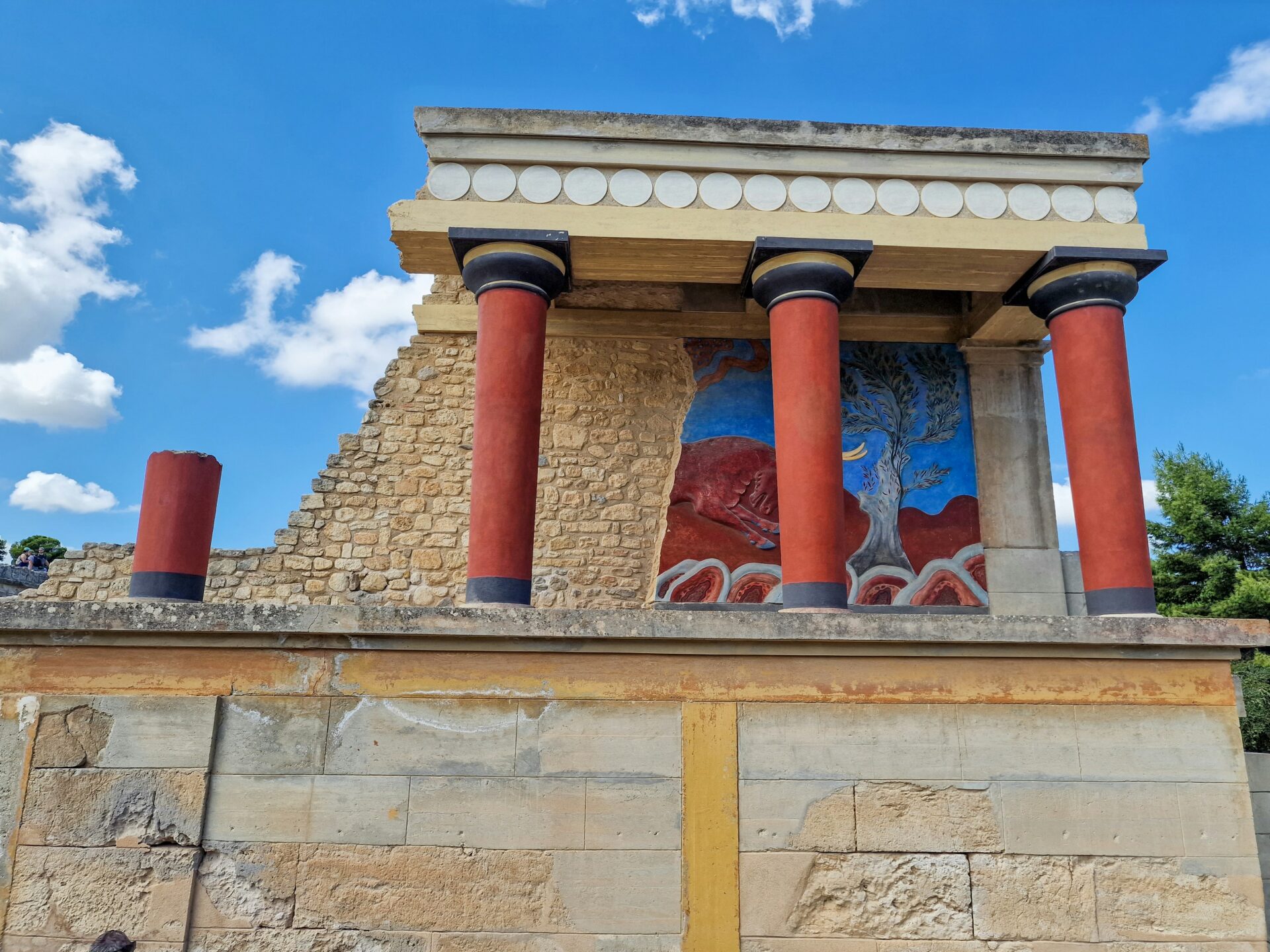
Epic Heroes and Divine Encounters
Crete’s myths overflow with legendary heroes. Some say the gods themselves wandered these hills and shores. The story of Odysseus passing Scylla and Charybdis seems to echo from Crete’s rocky coastlines.
Apollo once had temples here, and ancient tales speak of oracles offering advice to rulers and warriors.
I found ancient shrines where people asked for guidance or forgiveness. Tales of Theseus—who sailed from Athens to face the Minotaur—still linger on winding paths. Hikers now trace old routes where travelers once hoped for a little help from above.
If you explore old caves or hillside ruins, keep an eye out for plaques and signs with myths. It’s the best way to connect the landscape with the legendary characters who shaped Greek imagination.
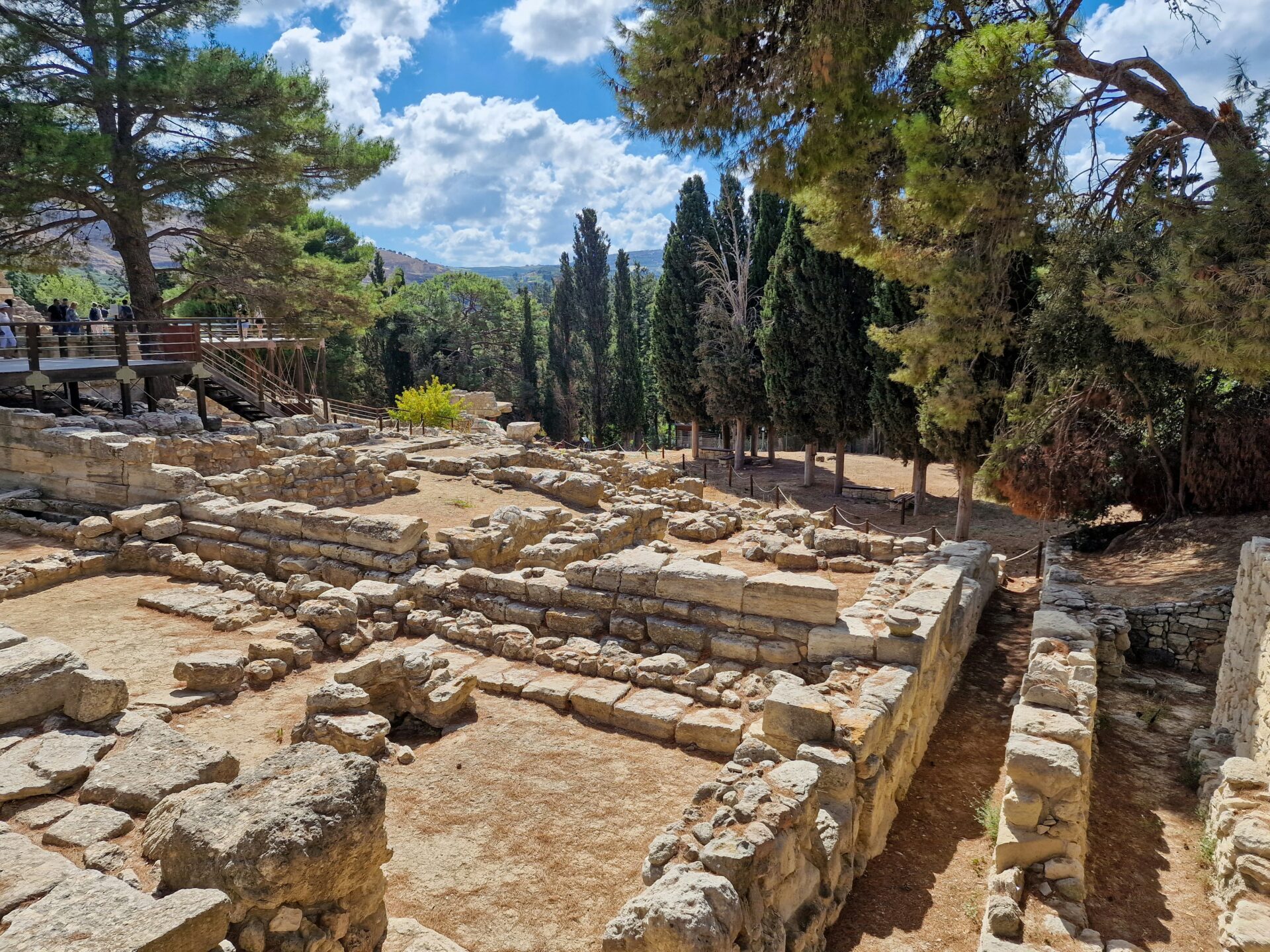
Labyrinths, Legends, and Ancient Rulers
The myth of the labyrinth sits right at the center of Crete’s legacy. Legend claims King Minos, with Daedalus’ help, built a maze so twisted that only a few ever found their way out. I wandered the stone corridors of Knossos, half-expecting the Minotaur to pop out around a corner.
King Minos judged the living and, in myth, even became a judge of the dead in Hades. Stories often connect him with justice, while Pasiphaë’s adventures tie Crete to distant lands and epic tales like the Trojan War. The island’s past is packed with victories, crimes, and punishments that shaped not just Crete but all of Greece.
Crete’s links to Pegasus, Cassandra, and other figures aren’t always obvious, but legends weave them in and out of the island’s story. Museums and sites often post timelines or character charts to help make sense of the mythological family trees.
For any traveler, the ruins are more than old stones—they’re clues to a time when gods, heroes, and rulers walked under the same sun.
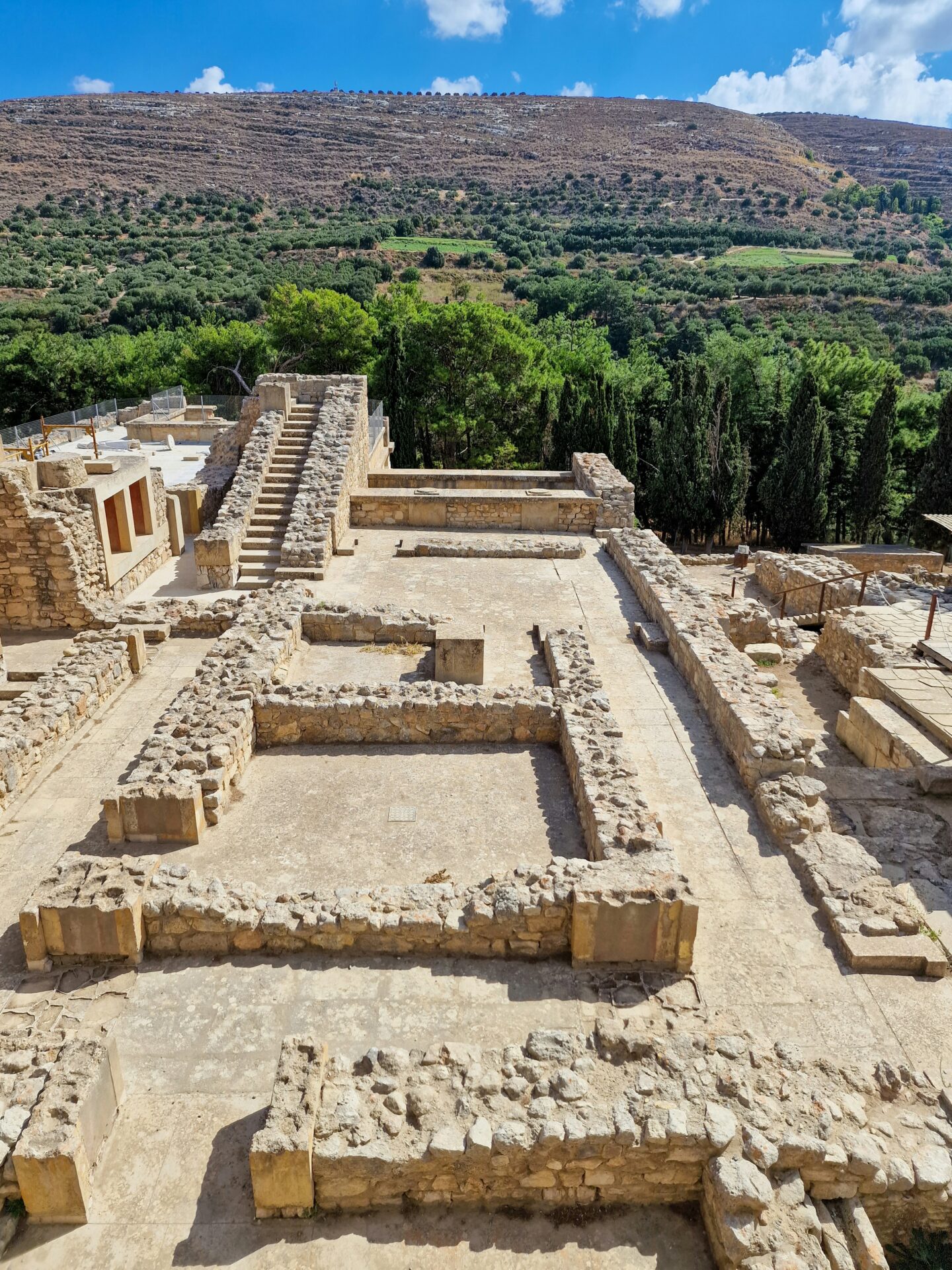
Exploring the Island’s Untamed Wonders
Crete’s wild beauty hit me in waves, from hiking deep canyons to wandering through ancient groves under gold sunlight. At every turn, I found adventures that pulled me straight into the heart of the island.
Wild Gorges and Iconic Hiking Trails
I figured out fast why hikers love Crete. The famous Samaria Gorge stands out—an 18-kilometer trek winding through towering cliffs, rocky paths, and quiet forests. When I stepped into the gorge just after sunrise, I heard nothing but birds and the river below.
There’s also the Imbros Gorge, which offers a gentler but still beautiful hike. Wildflowers pop up in spring, and the stone walls rise close on each side, making a tunnel-like path. If you want a steeper challenge, the Aradena Gorge is less crowded and feels completely untouched.
Tip: Wear sturdy shoes with grip, pack plenty of water, and start early to dodge the midday heat.
Crete’s hiking trails range from short scenic loops to full-day adventures, so there’s something for every explorer.
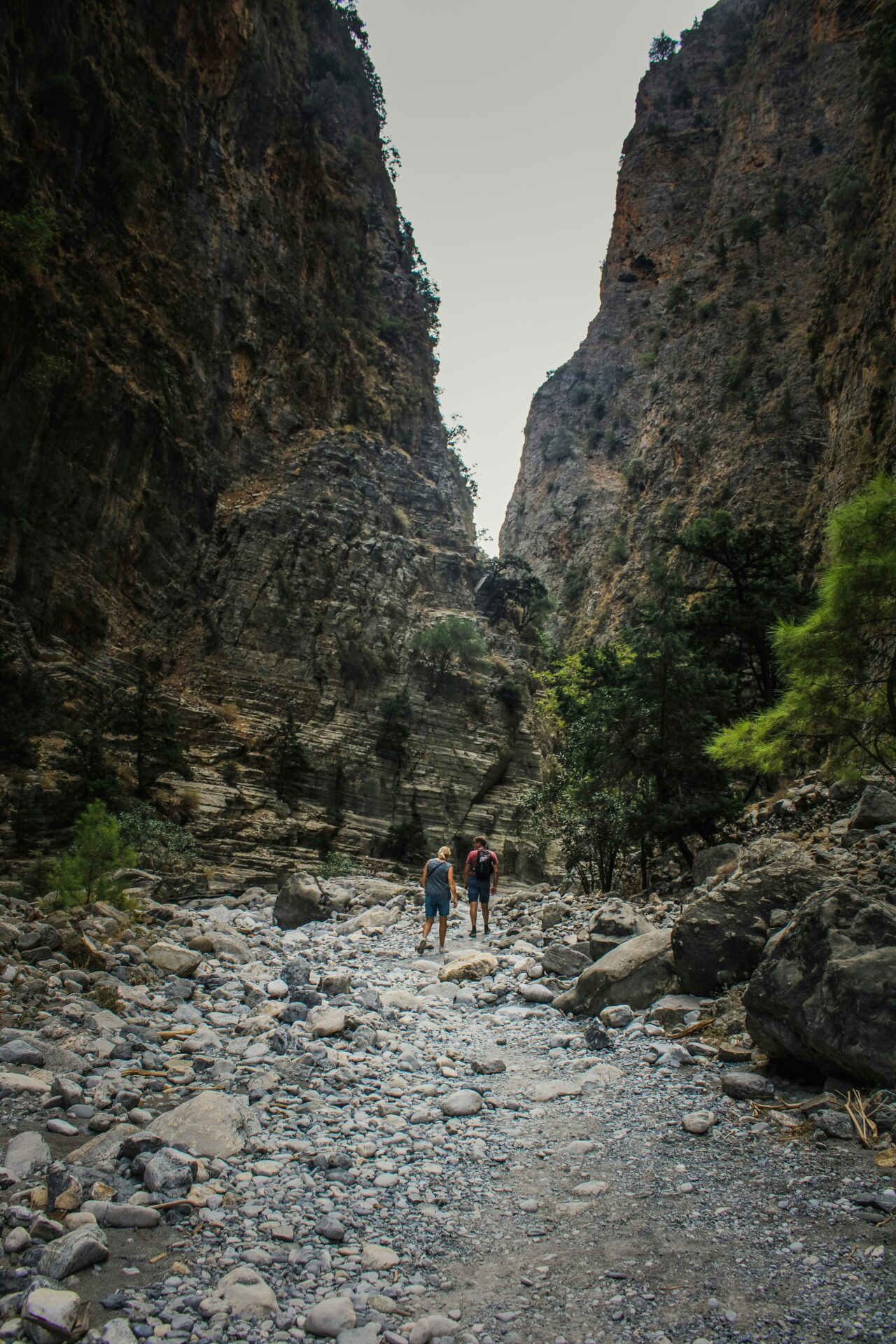
Mystical Olive Groves and Rolling Hills
Away from the coast, I wandered through endless olive groves. The trees, some hundreds of years old, twist and turn over gentle hills as far as you can see.
Walking there meant moving from dappled sunlight to cool shade, breathing in the scent of fresh earth and olive leaves.
The hills roll on and on, offering shortcuts and hidden paths. Along the way, I met local farmers harvesting olives, always ready for a quick chat about their traditions. It felt like stepping into another era.
Local tip: Pack fresh bread, olives, and a bit of cheese for a snack on the go. These quiet walks are perfect for thinking or spotting birds among the branches.
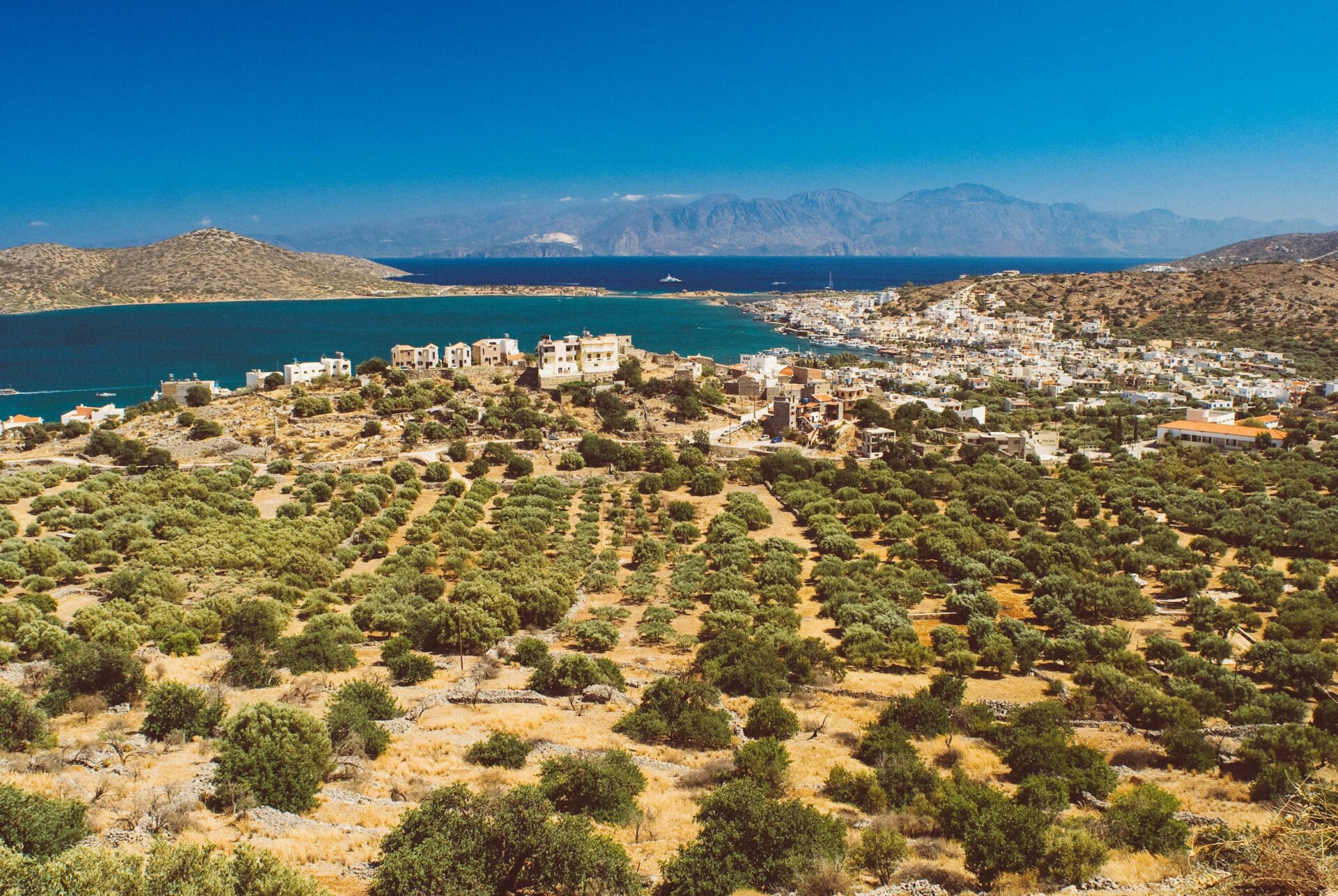
Magical Sunsets and Panoramic Views
Watching the sunset from a high point on Crete just hits different. My favorite spot was a hilltop near Chania, where I could see both mountains and sea at once. The light turned everything gold and pink, making even quiet villages glow.
Sometimes I’d pick a spot above the southern coast, where the view stretched for miles over gorges and olive fields. In the evening, the air cooled, and everything slowed down. I’d just sit, watching the sun dip below the horizon, feeling like the whole island belonged to me for a moment.
Pro traveler’s list of top viewpoints:
- Hill above Chania Old Town for city and sea views
- Omalos Plateau for mountain sunsets
- Elafonissi Beach dunes for unbroken ocean horizons
It’s these simple moments—walking to the top at dusk, watching the sky change—that really captured the spirit of Crete for me.
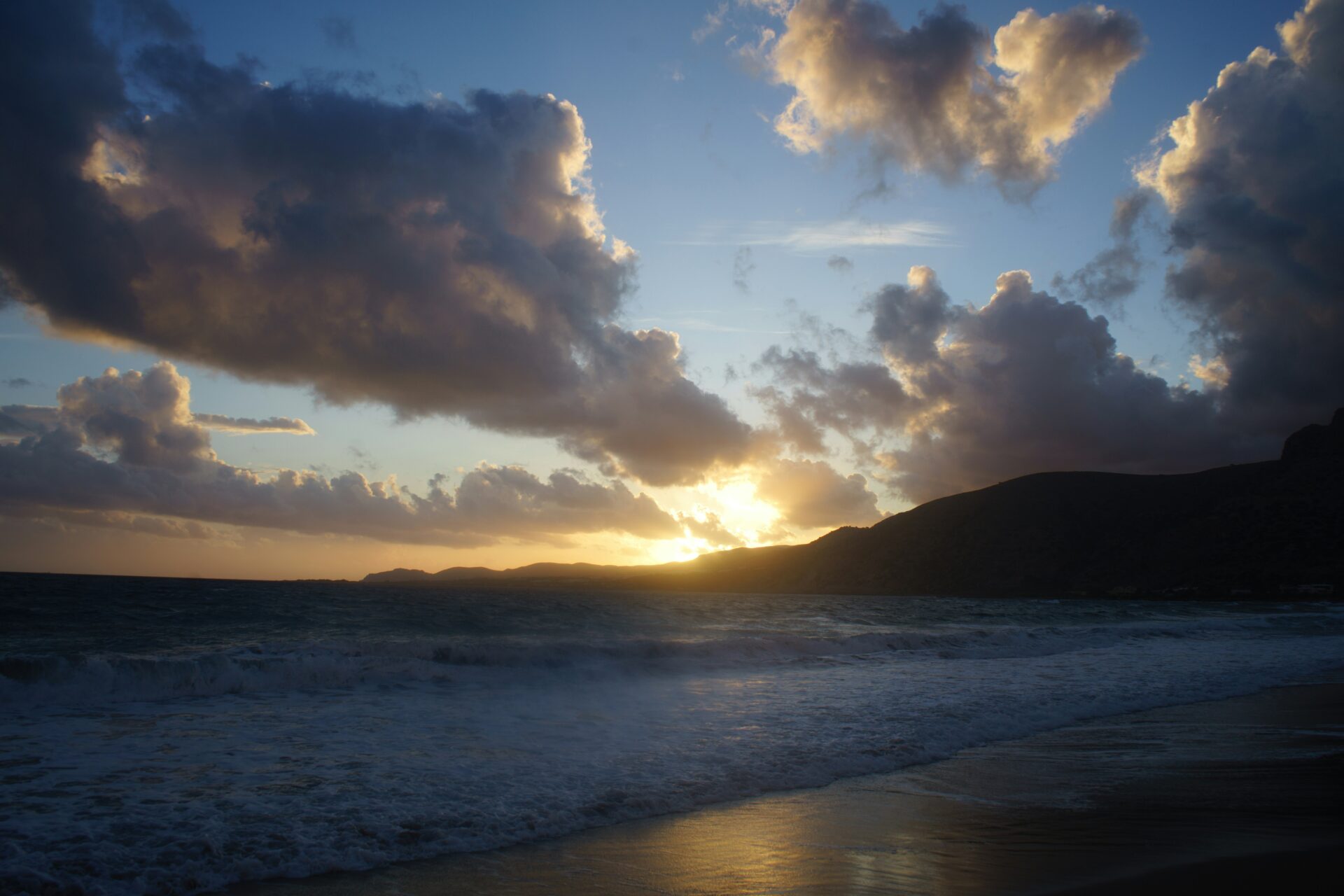
Beaches That Stole My Soul
Crete’s coastline totally surprised me. The island serves up both vibrant stretches with electric blue waters and secluded pockets of sand where time just slows down. Each beach has its own vibe, making every stop along the Aegean Sea feel different.
Crystal-Clear Waters of the Aegean Sea
When I think about swimming in Crete, Elafonissi Beach jumps out first. The water was so clear I could see every ripple of sand under my feet. Pale pink sand edged the shore, blending with turquoise shallows that seemed to stretch forever.
Snorkeling at Balos Lagoon was another highlight. The colors shifted from deep blue to pale green, and the view of Gramvousa Island from the soft white sand looked almost unreal.
I waded far out, never losing sight of the bottom, the coolness of the Aegean Sea keeping me refreshed under the Greek sun.
If you’re planning a trip, these beaches are easy to reach by car or with a tour. I found simple cafes nearby with cold drinks and fresh food, so it was easy to spend all day relaxing and exploring.
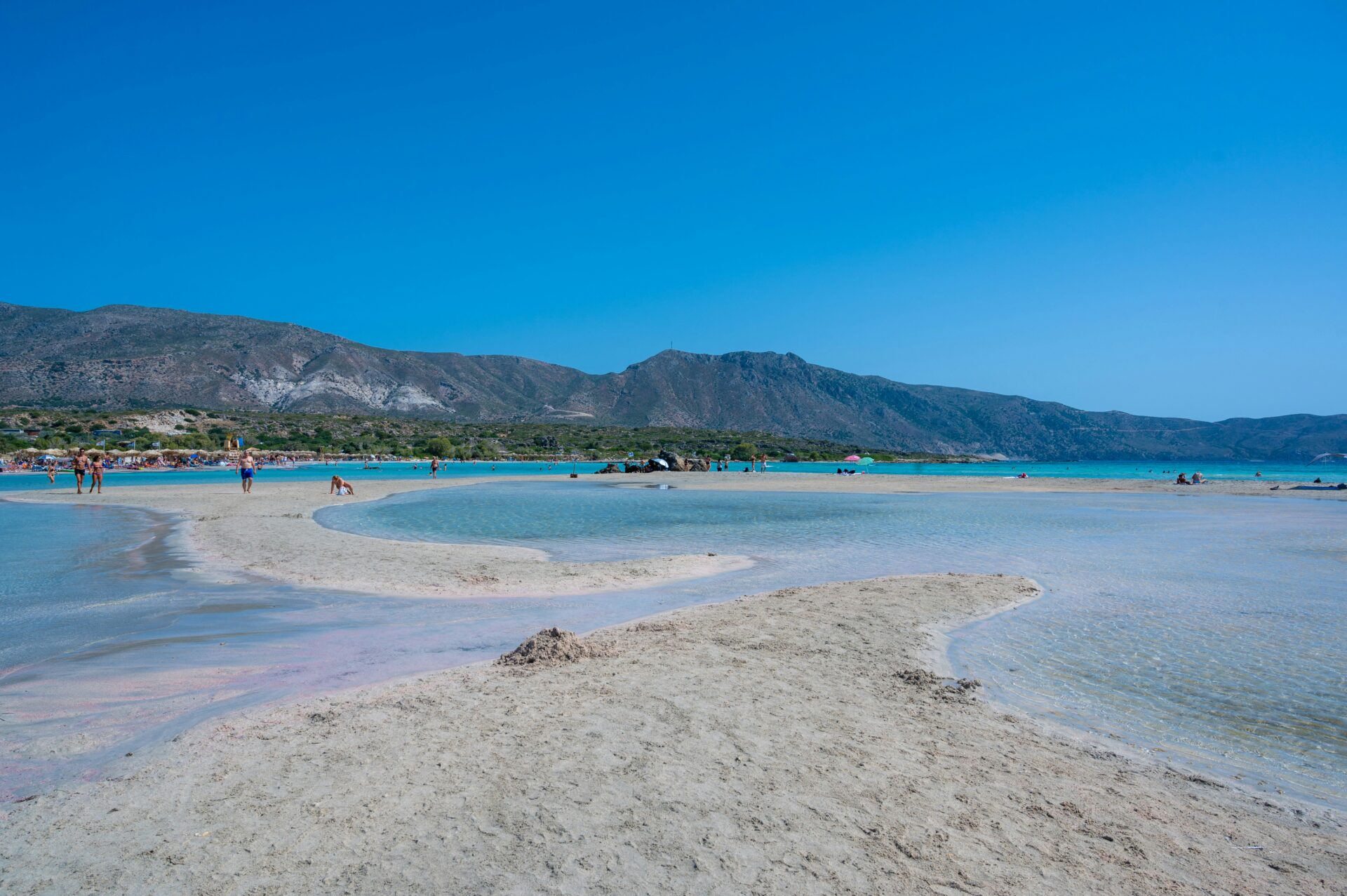
Hidden Coves and Remote Sands
Sometimes I just needed to escape the crowds, so I went looking for Crete’s lesser-known spots. Seitan Limania is this narrow, zigzagging bay wedged between steep cliffs. The walk down is steep but worth it, bringing you to soft sand and calm water perfect for a quiet swim.
Another favorite was Kedrodasos Beach, only a short drive from Elafonissi but it feels worlds apart. Sand mixes with pebbles and juniper trees offer shade—the place feels wild and untouched. No sunbeds, no lifeguards—just waves and a sense of solitude.
Travel Tip: Many of these coves don’t have facilities, so I always packed water, snacks, and sun protection. A sturdy pair of shoes made the walk to the most remote beaches much safer. The reward? Secluded adventures and some of the most peaceful moments of my trip.
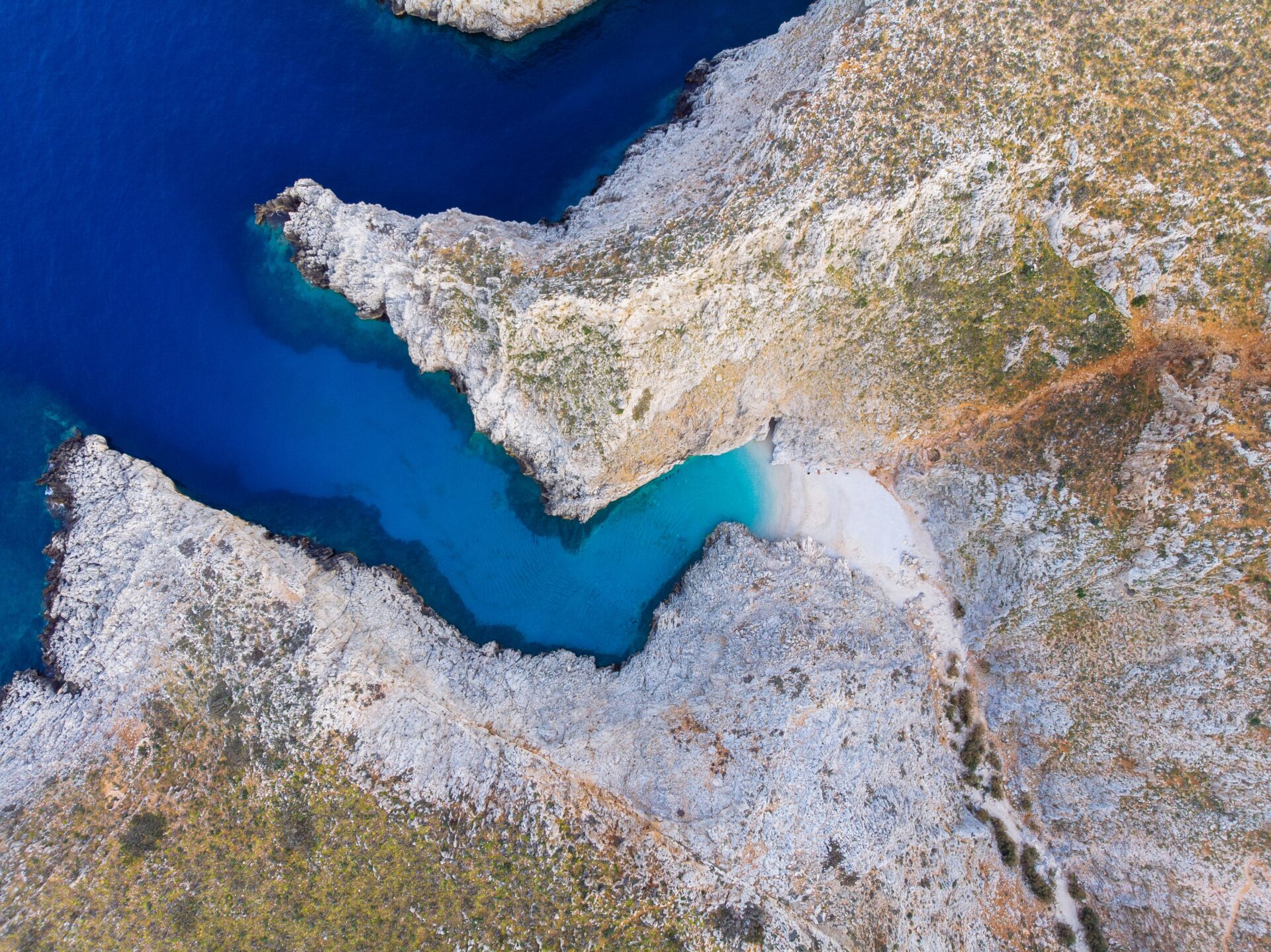
Immersing in the Culture of Crete
Crete draws you in fast, welcoming travelers with warmth, music, and flavors you’ll think about long after you leave. Exploring the island isn’t just about the scenery—it’s about lively traditions, local celebrations at night, and unforgettable meals shared with locals who really know how to live.
Traditions, Festivals, and Local Life
Cretans take huge pride in their traditions, from music to poetry. Evenings buzz with the sound of lyra and laouto. At village festivals—called panigyria—neighbors gather under string lights, singing hymns that nod to old Greek poets and sharing food late into the night.
Life here moves by the rhythm of these gatherings. I got invited to a wedding in a mountain village, where lines of dancers—old and young—linked hands and circled for hours. Even without understanding every word, it was easy to follow the happiness. Storytelling is a love language here, and every night can end in laughter, strong raki, and a verse or two around the table.
Not-to-miss local experiences:
- Summer music festivals in villages like Anogeia
- Evening kafeneio visits where you can chat with elders
- Traditional Cretan wedding or baptism if you’re lucky

Cretan Cuisine and Island Flavors
Cretan food just gets under your skin. The island’s flavors rely on olive oil, wild greens, local cheeses, and honey—every meal feels like a celebration of earth and sea. I usually started my day with dakos, a crisp barley rusk soaked in ripe tomato and mizithra cheese.
At night, tavernas come alive with shared plates: grilled lamb, tangy snails called chochlioi, and fresh seafood. Cheeses like graviera or anthotyro are everywhere, thanks to mountain shepherds who still make them by hand.
Every meal came with stories—locals eager to share recipes passed from grandmother to mother. The love they put into food felt like one more ancient Cretan hymn, handed down and remixed for every table.
Typical Cretan table:
| Dish | Main Ingredients | When to Try |
|---|---|---|
| Dakos | Barley rusk, tomato, cheese | Breakfast/Lunch |
| Kalitsounia | Cheese, herbs, pastry | Festivals |
| Lamb with Stamnagathi | Lamb, wild greens | Dinner |
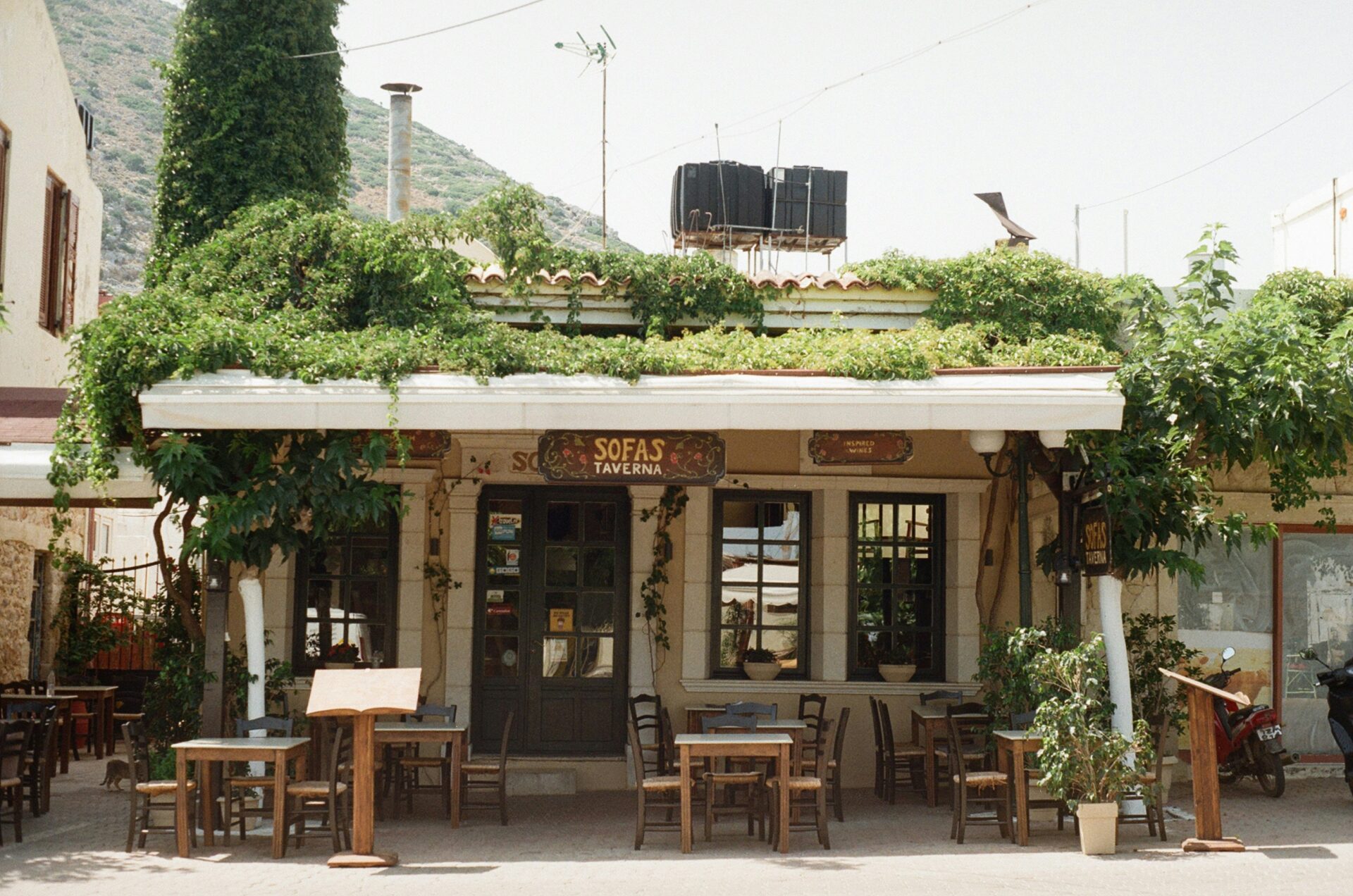
Adventures Beyond Crete: Island-Hopping & Epic Journeys
Crete has so much to offer, but honestly, the magic goes way beyond its shores. I used Crete as my jumping-off point and found it surprisingly easy to dive into adventures across nearby islands or even into mainland Greece. Every place I visited seemed to tell its own story.
Gateway to the Greek Islands
Heraklion and Chania, Crete’s main ports, make it simple to reach other Greek islands. Daily ferries and high-speed boats connect Crete to Santorini, Mykonos, and Paros. Riding the ferries always felt like a mini adventure—gorgeous sea views, lively decks, and a mix of locals and travelers all around.
I noticed each island really had its own vibe. Santorini’s white villages and those iconic blue-domed churches just pop against the sea. Mykonos felt totally different, buzzing with music, crowded beaches, and seafood tavernas hidden in little winding alleys.
Island-hopping meant I had to pack light and keep track of ferry times. Still, the best part? Stepping off the boat to explore a place that felt completely new, even though it was only a few hours away.
| Port in Crete | Main Routes |
|---|---|
| Heraklion | Santorini, Mykonos, Paros |
| Chania | Mainland Greece, Kythira |
| Rethymno | Cyclades (seasonal) |

Exploring the Cyclades and Peloponnese
After Crete, I set my sights on two areas: the Cyclades and the Peloponnese. The Cyclades—places like Naxos, Paros, and Syros—felt like a patchwork of windmills and secret coves.
Each island threw something different at me. Some buzzed with people, while others seemed almost deserted.
Locals often insisted I try their food. In the smaller villages, people seemed especially eager to share stories.
A quick ferry or flight from Crete landed me on the Peloponnesian Peninsula. This place showed me a whole new side of Greece, with ancient ruins and rugged mountains.
I wandered through ancient Olympia. Castles in Nafplio called out to be explored.
The Peloponnese didn’t just give me beaches—it mixed olive groves, stone villages, and mountain trails. Traveling from Crete, I got to taste both the wild spirit of the islands and the deep-rooted history of mainland Greece.

